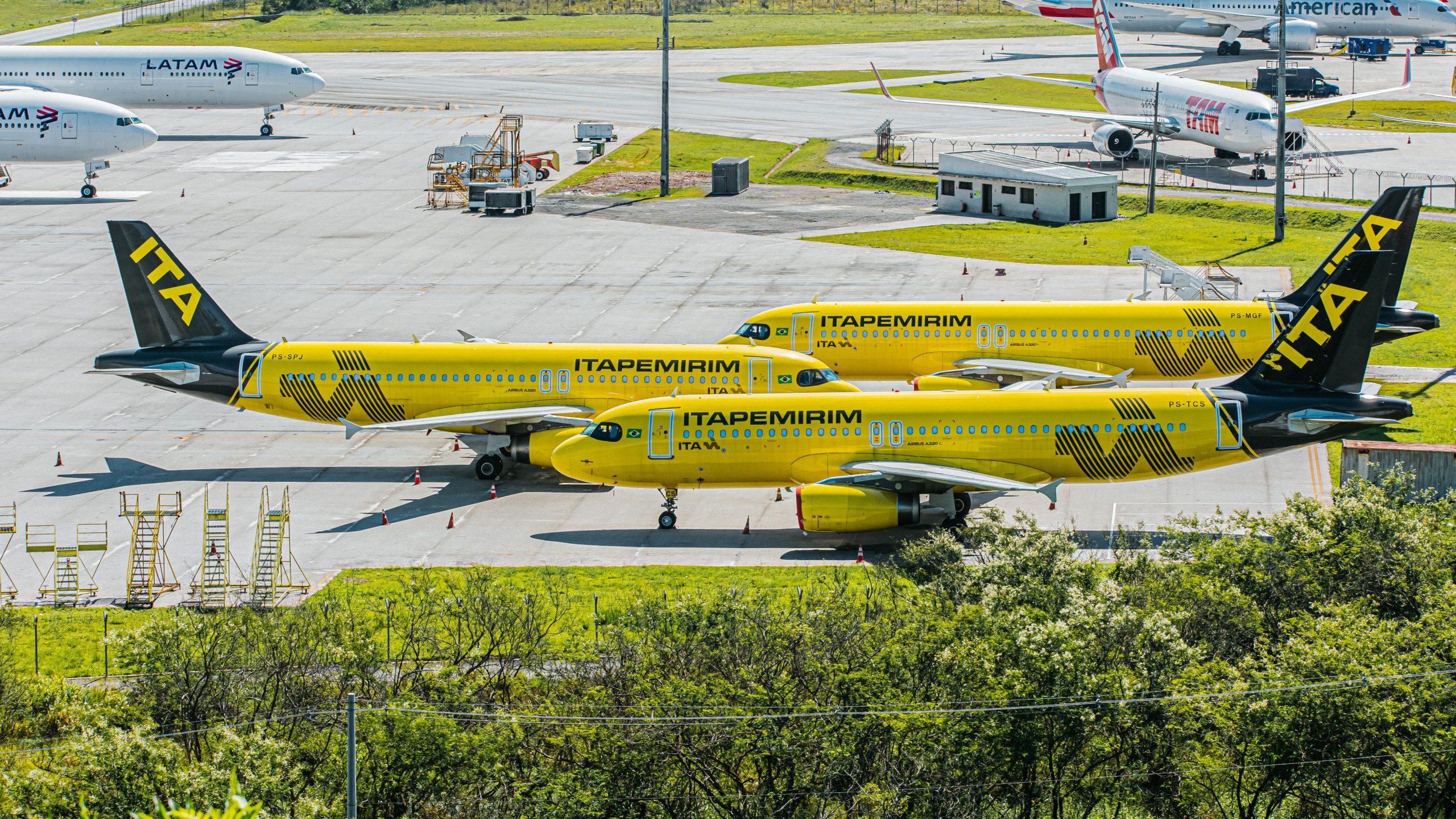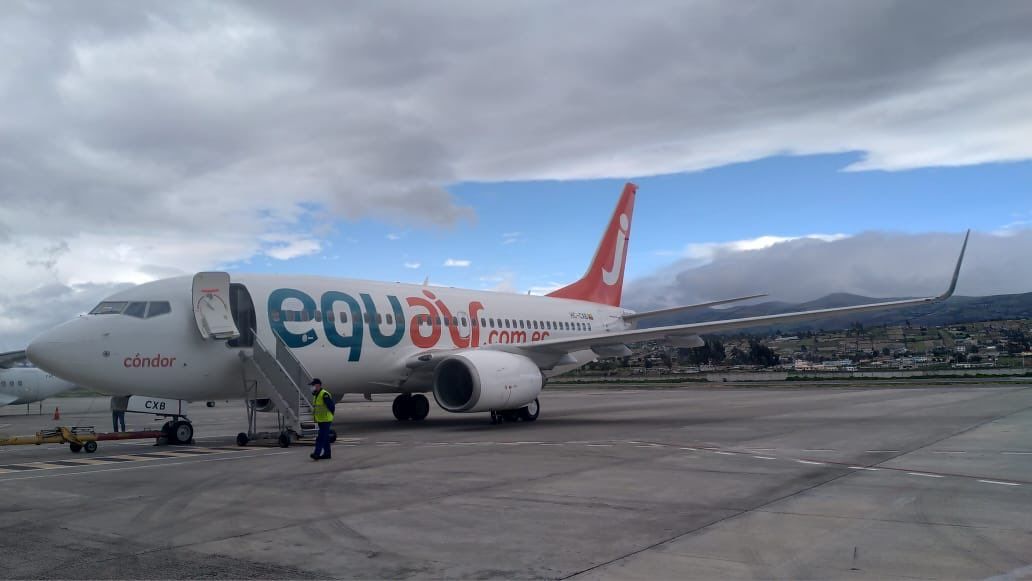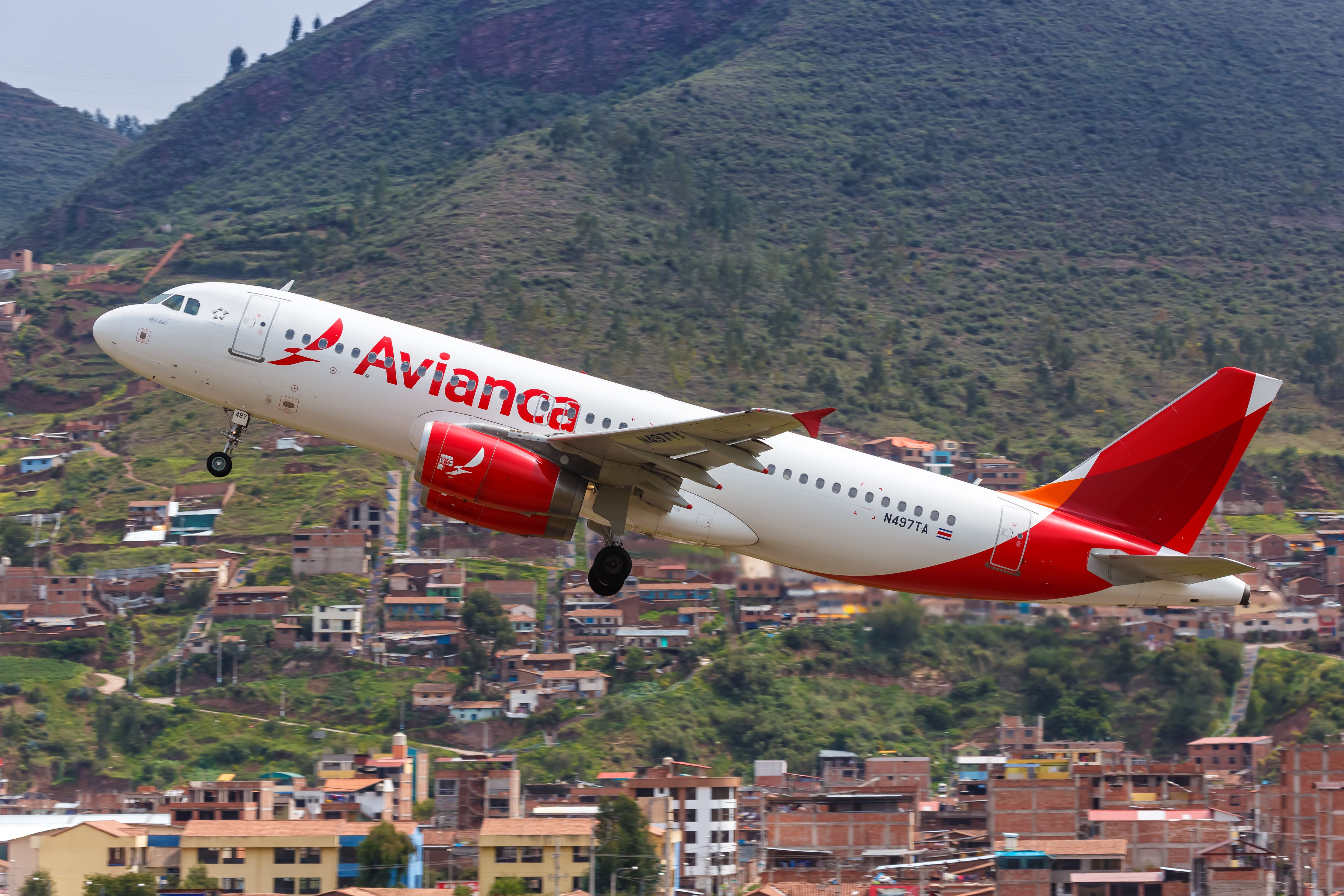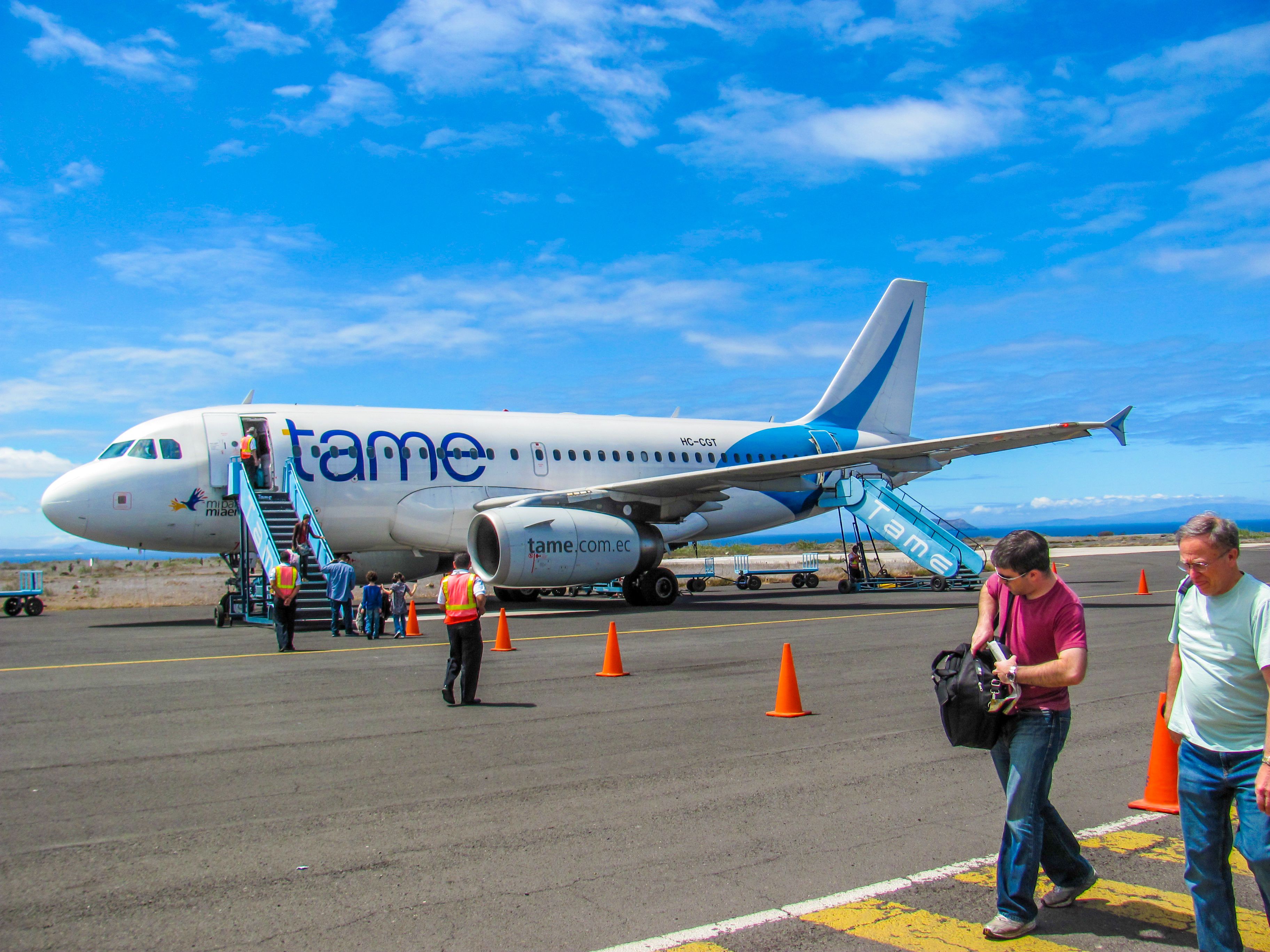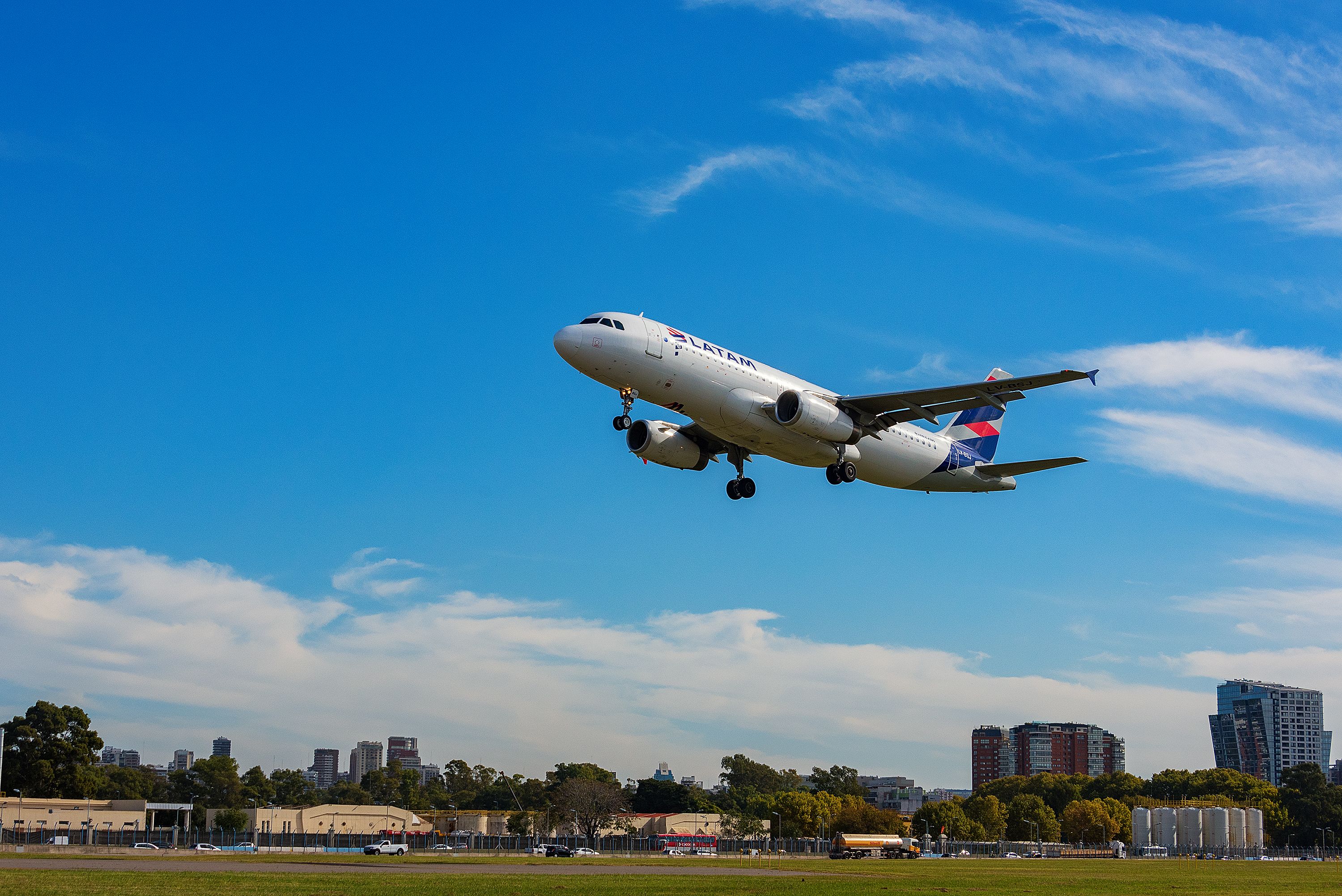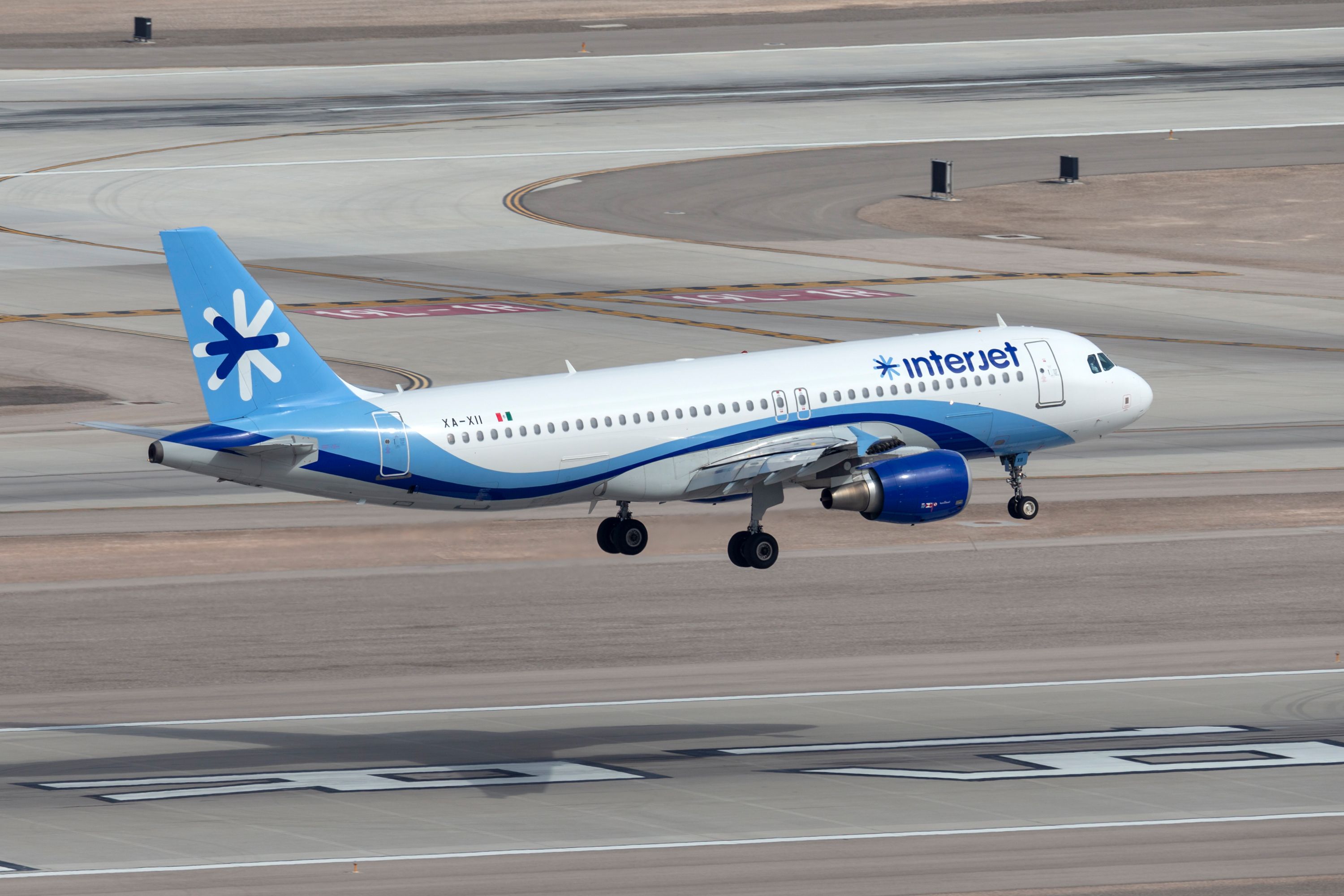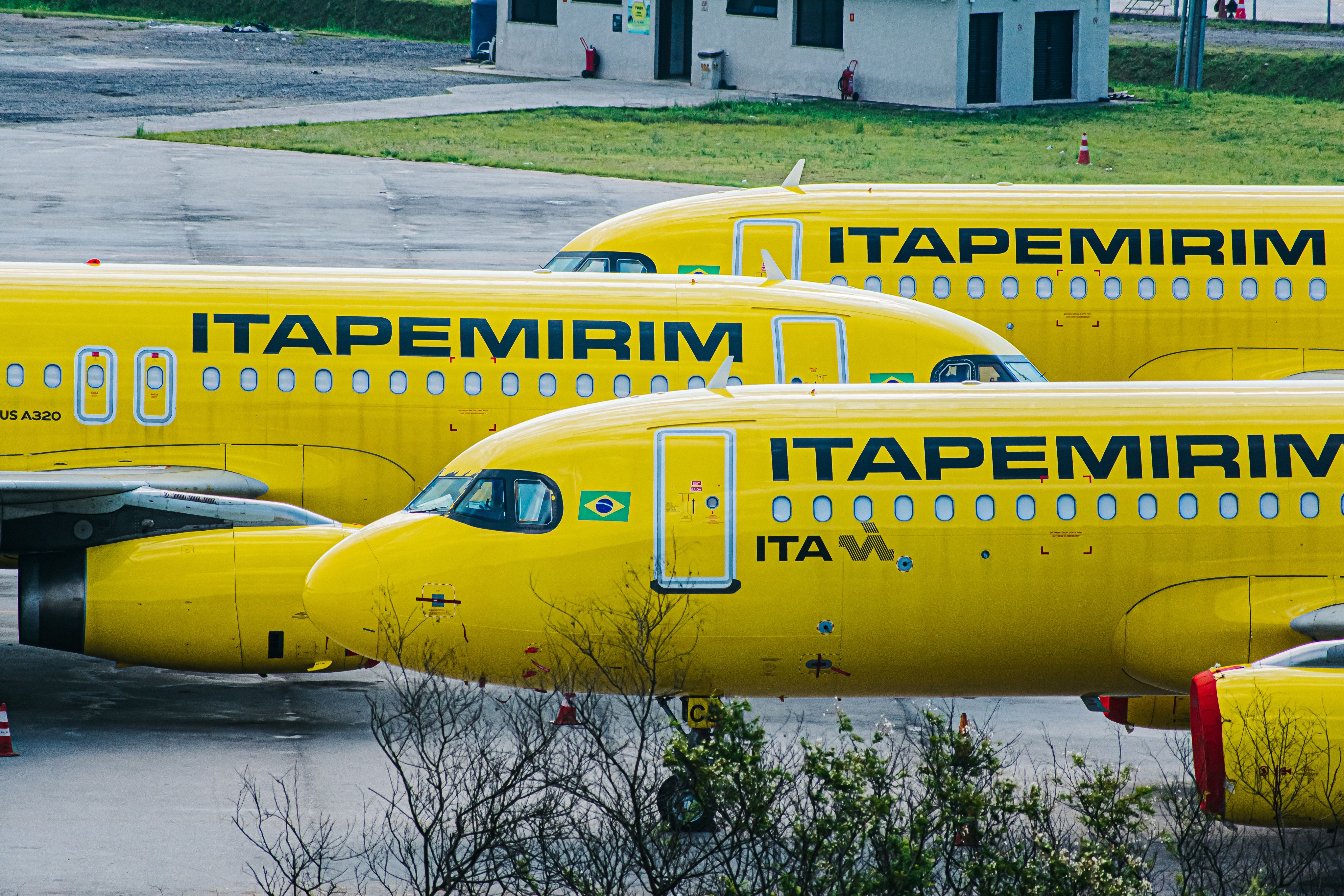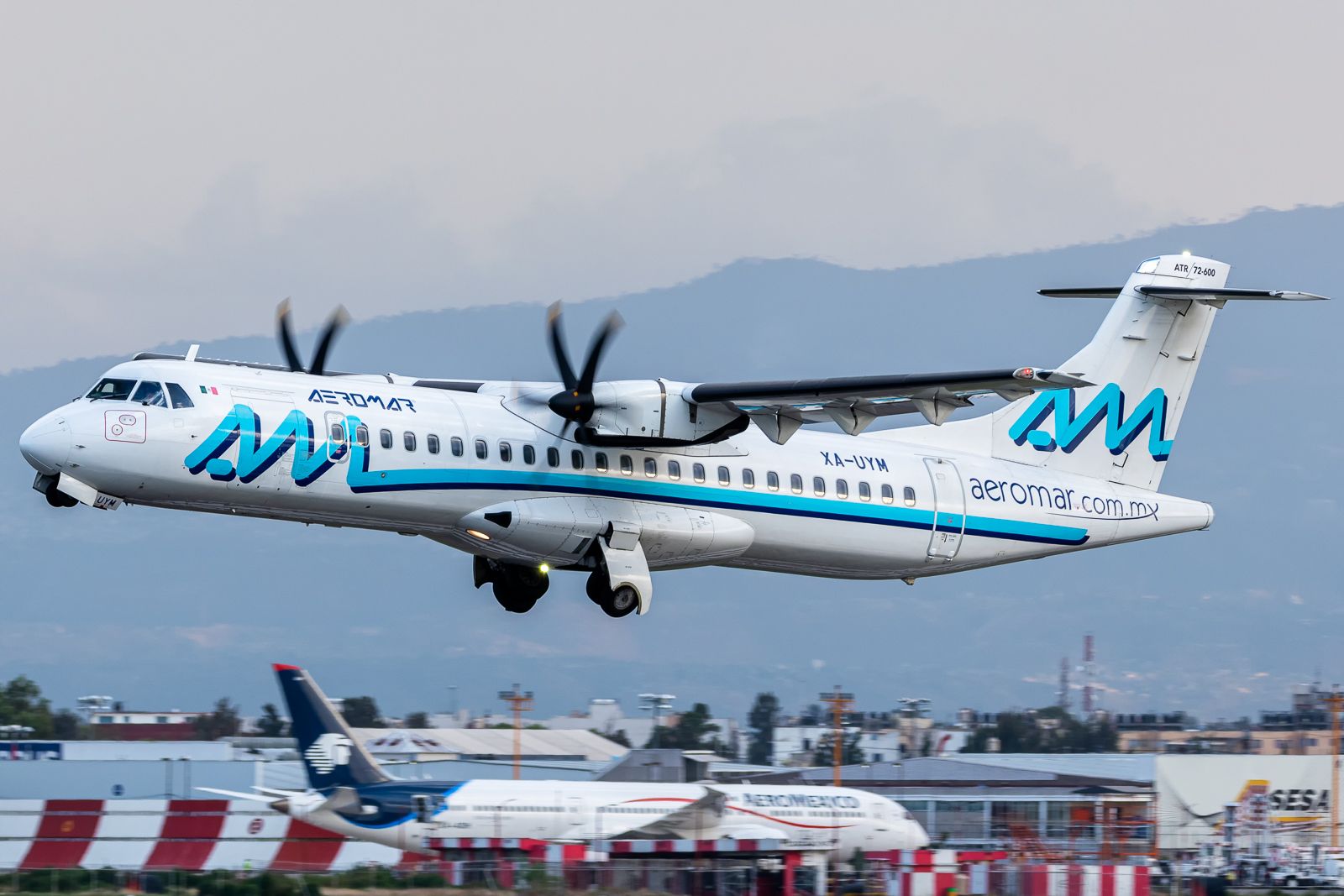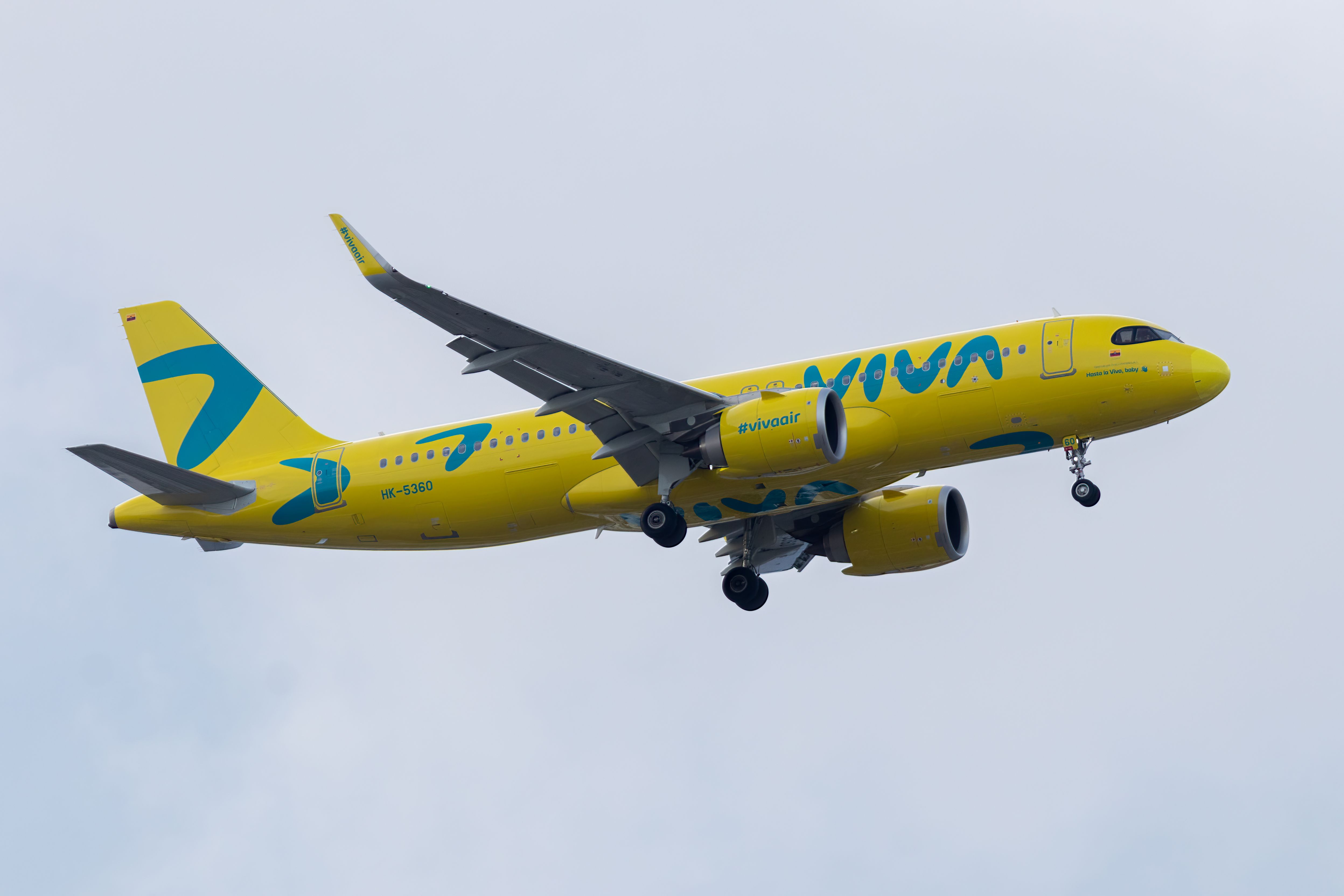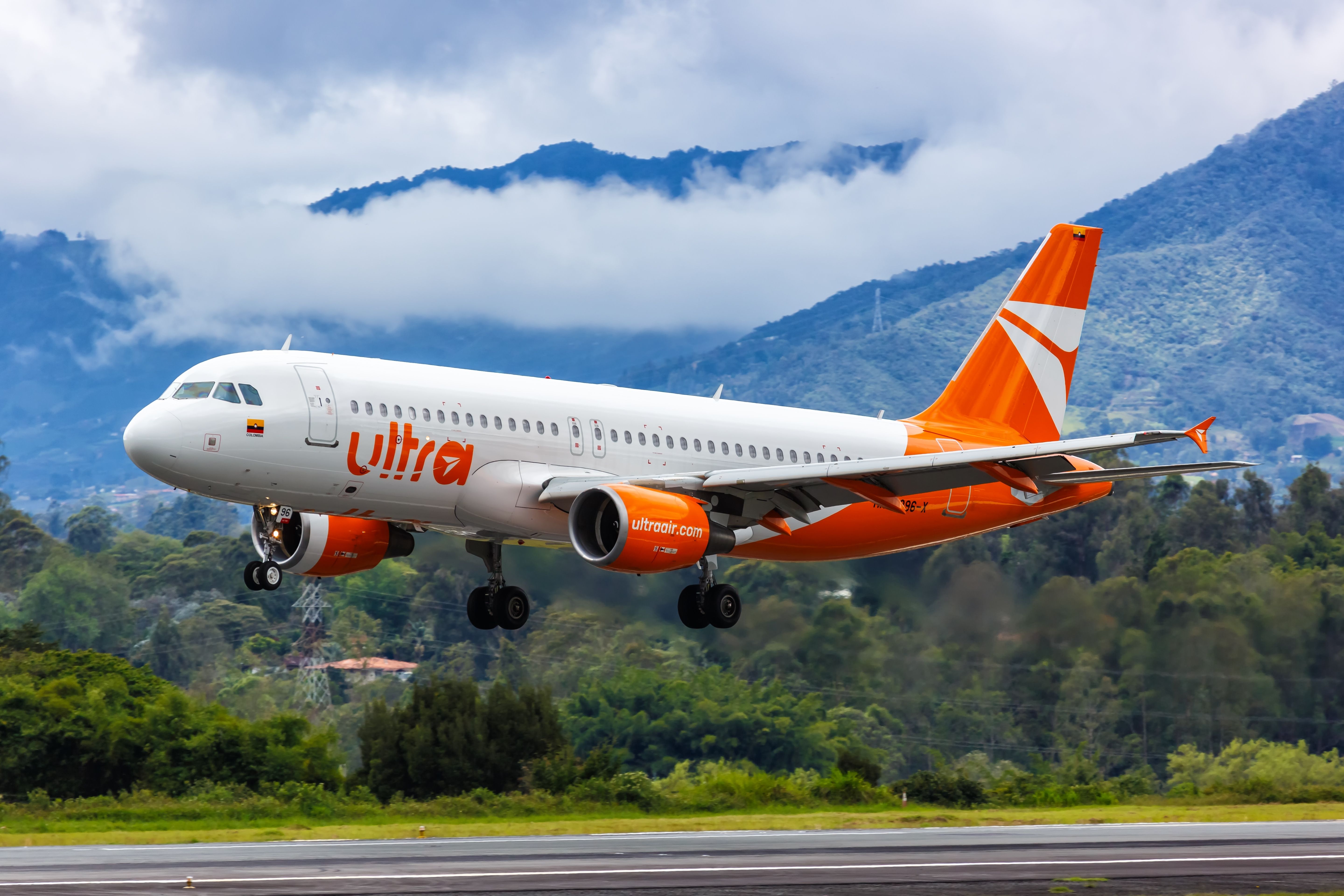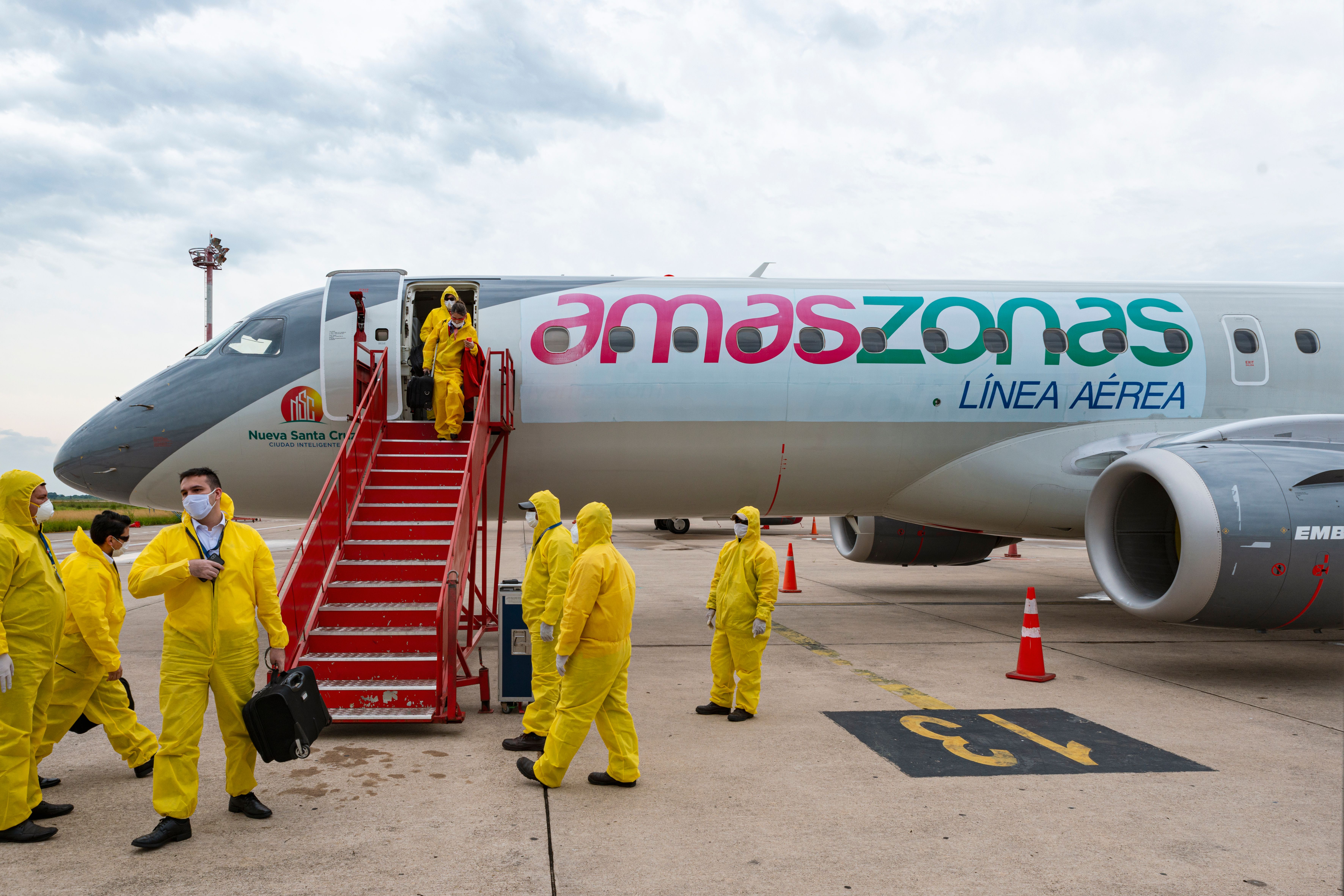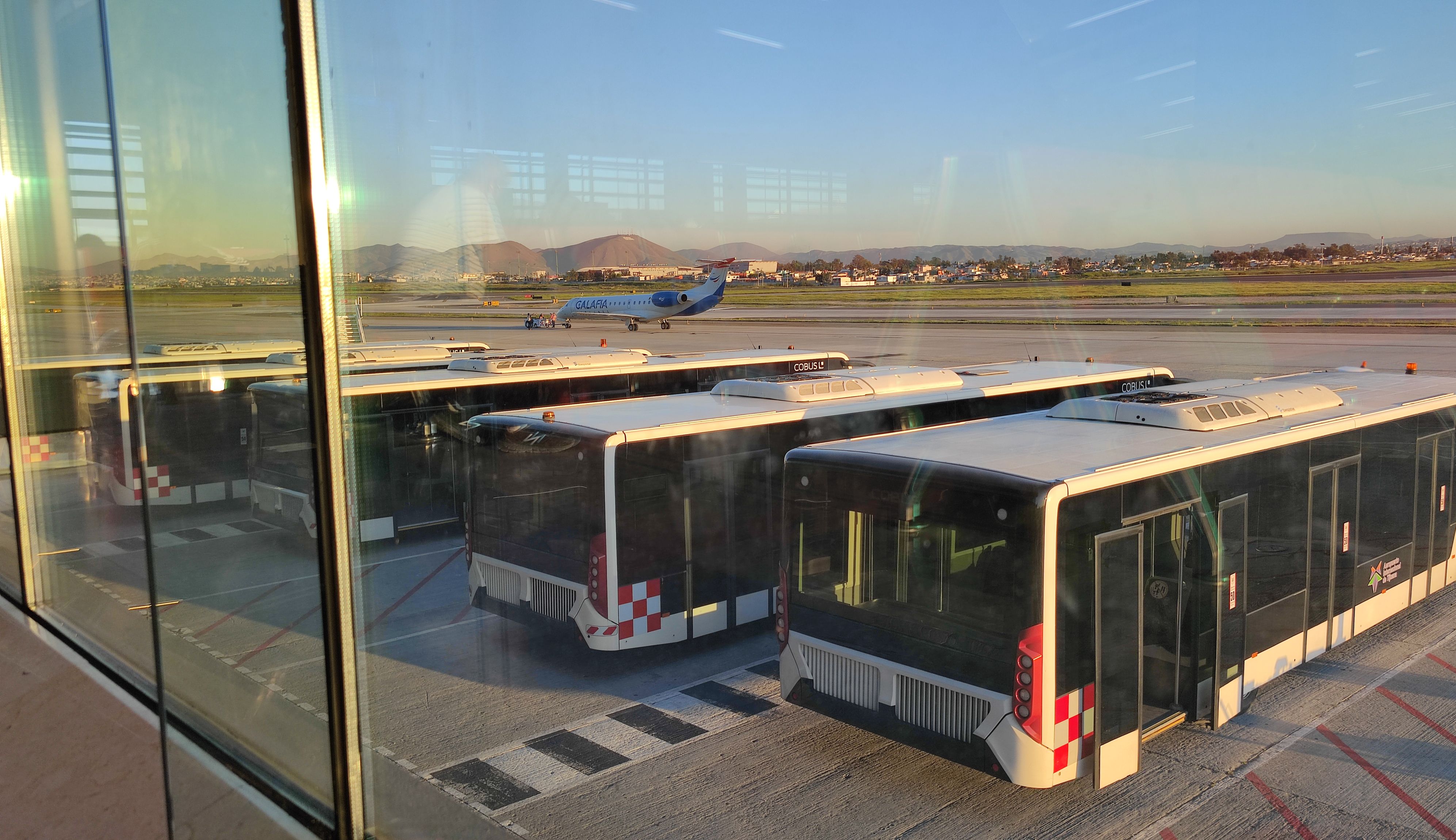Summary
- Eleven airlines in Latin America have ceased operations since the start of the COVID-19 pandemic, either due to pandemic-related reasons or their inability to compete commercially.
- Sustaining an airline in Latin America has historically been challenging due to high taxes, complex regulations, and political uncertainty.
- Several well-known airlines in the region, such as Avianca and Aeromexico, have gone through bankruptcy processes, mergers, or have been saved by local governments in the past.
A few months ago, we wrote an article about seven airlines that have ceased operations in the Latin American region since 2020. Since then, a new update on the piece is required. Eleven companies have gone bust in the region since the COVID-19 pandemic began. Some of them went bankrupt due to pandemic-related reasons, and others due to their inability to compete against other companies commercially. Equair was the latest, folding earlier this week.
Latin America – always a complex region
Having a successful airline in the Latin American region for an extended period is challenging. Most of all the carriers in the region over 20 years old have gone through one, two, or more bankruptcy processes in their histories, have merged with other companies, or have been saved by local governments.
For instance, Avianca has undergone two Chapter 11 processes (while merging with many airlines across the region), Aeromexico briefly disappeared in the 80s, and Aerolíneas Argentinas was rescued by the local government in 2008.
Photo: Equair.
Therefore, sustaining an airline in the region is a complex challenge, known historically for having high taxes, complex regulations, and political uncertainty. The COVID-19 pandemic added an extra layer to the complexity of running a carrier in Latin America and has led to the disappearance of many companies.
Avianca Peru
The Peruvian branch of Avianca ceased operations on May 10, 2020, the same day Avianca Holdings filed for a Chapter 11 bankruptcy process in the United States.
This bankruptcy forced the exit of Avianca from one of the largest aviation markets in South America. Avianca could have returned to Peru if the acquisition of Viva Air had gone through, but that didn’t happen as Viva Air folded in 2023.
Photo: Markus Mainka/Shutterstock.
Now, the Abra Group –holding of Avianca and GOL Linhas Aéreas– is said to be interested in acquiring a stake in Sky Airline, an ultra-low-cost carrier that flies domestically in Chile and Peru.
TAME Ecuador
Also taking place in May 2020, the State Ecuadorian carrier TAME was put out of business by then-president Lenín Moreno, bringing an end to a nearly 60-year history.
Photo: Almazoff/Shutterstock.
TAME had lost over $400 million in the previous five years. Its disappearance led to the growth of Avianca Ecuador and LATAM Ecuador and the opening of Equair (more on that later). Ecuatoriana Airlines, a second startup rumored to be launched, never took off.
LATAM Argentina
A couple of weeks after LATAM Airlines Group began its Chapter 11 process in the United States, the company announced the disappearance of LATAM Airlines Argentina.
Photo: dsaprin/Shutterstock.
This event took place on June 17, 2020. The company said taking out the domestic Argentinian branch was due to exacerbated market conditions following the impact of the COVID-19 pandemic and the difficulty of building structural agreements with local industry actors.
Interjet
This company was the first of three Mexican disappeared airlines since 2020. Interjet ceased operations in December 2020, following years of financial issues that were deepened by the COVID-19 pandemic.
Photo: Ryan Fletcher/Shutterstock.
Interjet had the largest fleet among all the airlines that have gone bust in the last four years. It had 88 aircraft (66 Airbus A320-family-based planes and 22 Sukhoi Superjet 100s). Interjet was formally declared bankrupt in 2023.
Itapemirim Transportes Aéreos
The Brazilian company, alongside Equair in Ecuador and Ultra Air in Colombia, are three airlines that were launched during the pandemic and were unable to survive for much time. Itapemirim was the first to go bust, just six months after launching operations.
Photo: Lukas Souza | Simple Flying.
Looking to become Brazil’s fourth largest airline, it flew with an Airbus A320-family-based fleet. It carried 416,513 passengers in its six-month history.
Aeromar
In 2022, no airline ceased operations. But six airlines have folded in 2023 so far. It all began with Aeromar, the regional Mexican carrier flying with an ATR fleet.
Aeromar had financial issues since 2015. It announced its halt of operations on February 15 after failing to obtain a new investment from the Brazilian fund Nella Airlines (more about them later). Aeromar’s debts were rumored to have exceeded US$600 million, owed to the government, airports, service providers, and employees. The airline’s fleet is still visible, parked in Mexico City International Airport.
Viva Air
The Colombian ultra-low-cost carrier had one of the fastest growths in 2020 and 2021, followed by an even faster debacle. It flew too high and too fast, burning itself in the process.
Photo: Omar F Martínez/Shutterstock.
Viva Air employed an Airbus A320 family-based fleet. It was one of the many ultra-low-cost carriers in the region and employed Medellín and Bogota as hubs to connect the Americas, flying to far-away destinations like Miami and Sao Paulo. In the weeks prior to its demise, it attempted to merge with Avianca, but the bureaucratic process took too long, and Avianca desisted.
Ultra Air
A couple of weeks after Viva Air’s collapse, another Colombian ultra-low-cost carrier ceased operations. Ultra Air was launched following the COVID-19 pandemic. Unfortunately, it was unable to take off and quickly found itself in financial trouble, ceasing operations due to severe liquidity problems.
Photo: Markus Mainka/Shutterstock.
Amaszonas
About a month ago, Amaszonas Línea Aérea suspended its operations in Bolivia after a dispute with a lessor and the local government. While the airline kept the idea of resuming operations, the firm behind Amaszonas had other plans.
Photo: Antia.random/Shutterstock.
Nella Airlines, a Brazilian-American company that had invested $50 million to acquire the brand in 2021, reached a deal to sell Amaszonas to a local businessman named Luiz Divino. The future of Amaszonas Línea Aérea is uncertain at the moment but remains grounded.
Calafia Airlines
The third Mexican carrier to cease operations since 2020. Calafia Airlines is a small regional airline flying in the north of Mexico with an Embraer fleet. Nonetheless, it has been plagued with economic issues and ceased operations last month.
Photo: Daniel Martínez Garbuno | Simple Flying.
The Baja California Sur government hopes Calafia Airlines will be able to resume operations shortly. Nonetheless, similarly to Amaszonas, its future remains uncertain at the moment.
Equair
This week, the eleventh Latin American to cease operations was announced. Equair, a company launched in 2021, folded surprisingly a few weeks after announcing a new domestic service to the city of Loja.
In its 21 months of operations, Equair transported over 700,000 passengers with a fleet of three Boeing 737-700s. Its disappearance left the market entirely to Avianca Ecuador and LATAM Ecuador.
Did you travel in any of these airlines before they ceased operations? Which one was? Let us know in the comments below.

